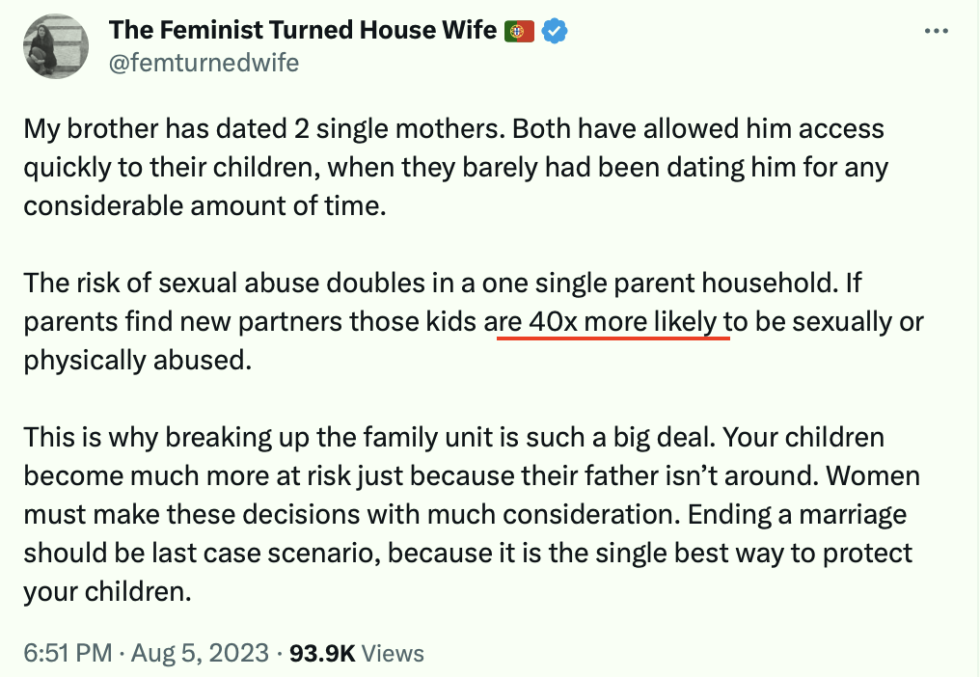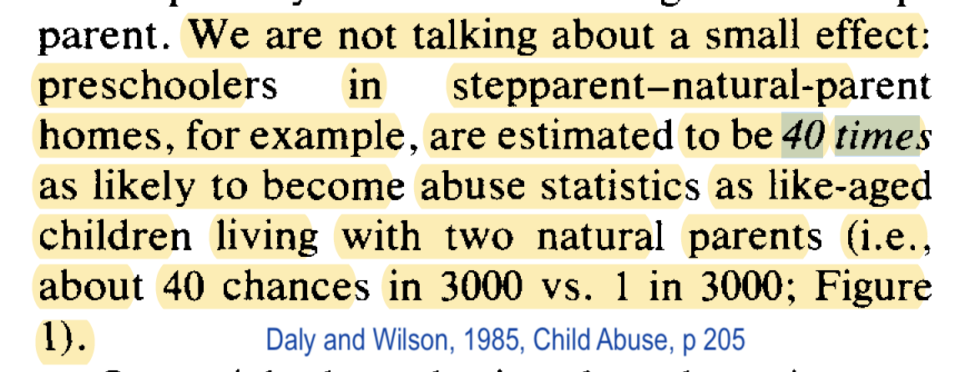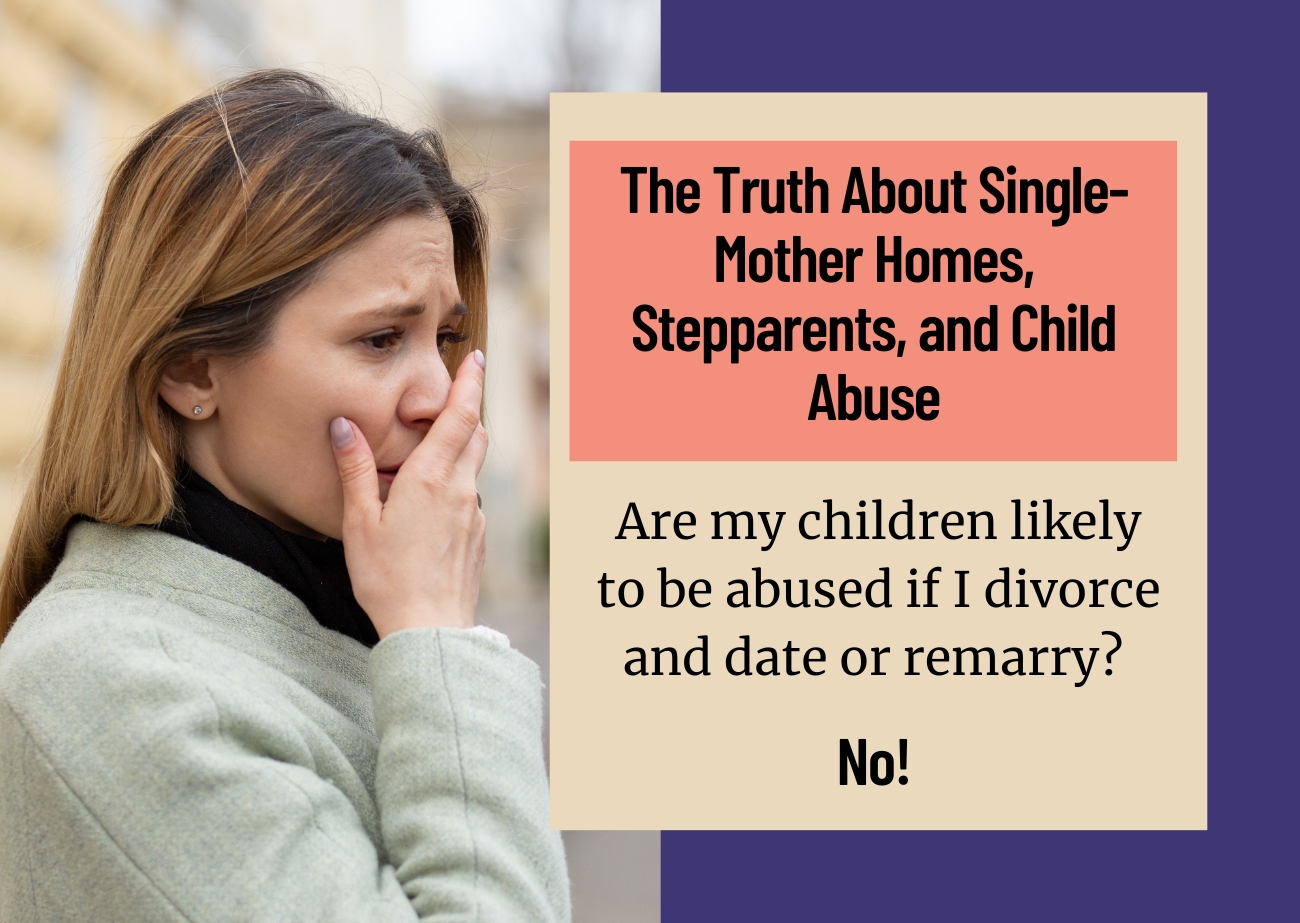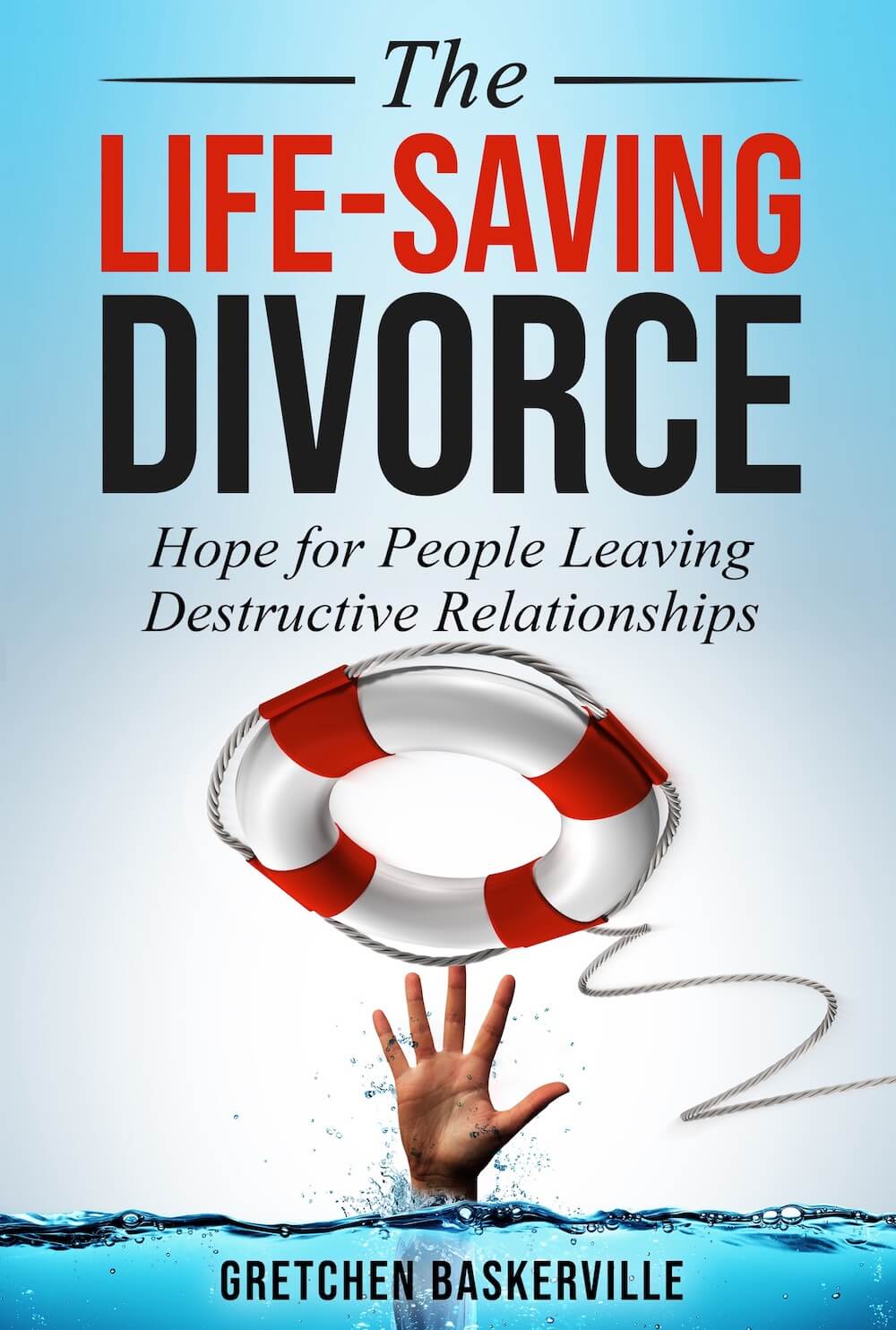Introduction:
In the vast and often bewildering landscape of social media, it’s not uncommon to stumble upon posts that spark heated discussions and perpetuate alarming misconceptions. One such recurring claim that continues to circulate is the assertion that children of single mothers who are dating are a staggering “40 times more likely” to fall victim to child abuse.
These posts portray a disturbing narrative of mothers who are seemingly careless and neglectful, exposing their own children to potential harm by introducing them to strangers. The result? A widespread misconception that single-mother homes are unsafe environments for children.
As advocates of truth and fairness, it is essential to challenge these unfounded notions and explore the reality behind single-mother households. In this blog post, we delve into the research and statistics to uncover the truth about child safety in these families and shed light on the remarkable strength and resilience displayed by countless single mothers in nurturing their children.
Let’s debunk this myth and get to the heart of the matter-single-mother homes and child abuse. Are they truly as dangerous as these social media posts would have us believe, or is there more to the story? Join us as we separate fact from fiction and embark on a journey of understanding and compassion. Together, we’ll challenge stereotypes and look at evidence about single mothers and their families.
TRUTH: Multiple studies show that child abuse is uncommon in stepfamilies.
In the most recent large U.S. study, the NIS-4, following more than 1 million children, researchers found that more than 95 in 100 single-mother and stepparent families were not abusive.
- 97 in 100 children in stepfamilies were NOT found to have a single child abuse incident.
- 95 in 100 children in single-mother families where the mother was residing with a romantic partner were NOT found to have a single child abuse incident (the NIS-4 study).
Tragically, about 3 to 5 of those children were found to have been victimized one or more times. And while that is horrifying and far too many, it also means that the majority of single mothers are protective of their children, and their partners are non-abusive. (See my caveat at the end of this article, because I am NOT saying you can blindly rush into remarriage and be safe.)
Social Media Is Often Wrong about Single Parents and the Risk of Dating or Remarriage
Here’s an example of a Twitter post (Twitter is now called “X”): It claims that child abuse is 40 times more likely when single parents find new partners. It also paints single parents (mainly mothers) as careless and negligent and not protective of their children. It also suggests that biological fathers prevent abuse. The post is giving the wrong impression.

What about the claim that children are “40 times more likely” to be abused by a new partner?
Is it true that the children of parents who find new partners are 40 times more likely to be sexually or physically abused?
This “40x” claim came from a 1985 study by Daly and Wilson that found that:
- 40 in 3,000 preschoolers were abused in stepparent homes and
- 1 in 3,000 preschoolers were abused in intact two-natural-parent homes (the parents were the biological parents).
Or to make it easier to understand:
- Nearly 1.5 in 100 preschoolers in stepparent homes fell into the abused category.
- Fewer than 1 in 100 preschoolers in a biological two-parent home were in that category.
Notice that only a small fraction of the children in the study experienced abuse in stepparent homes. Although all abuse is abhorrent and even one child is too many, it is essential to note that abuse can and does happen in stepfamilies, but it does not happen in the vast majority of stepfamilies.
In their study “Child Abuse and Substitute Parents,” researchers Daly and Wilson examined 1,286 households, expecting that natural parents possess “profound” parental feelings that stepparents lack. They anticipated finding that stepparents posed a significant risk of child abuse (p. 205). However, in their conclusion, they acknowledged that some readers might downplay the impact of stepparents due to the low occurrence of abuse in stepfamilies (fewer than 2 in 100). It appears they were concerned their findings might not be dramatic enough, leading them to resort to a scare tactic by claiming preschool children in stepfamilies were “40 times as likely to become abuse statistics.” This quote reveals their underlying motivation.

Other notes: (1) this study was limited to families with children under 18 years old. It found that children over age 5 are much less likely to be abused in stepfamilies than those aged 0-4. It also found (2) that stepparent families are less likely than single-parent homes to have a child under 18 who commits a criminal offense. And (3) low income and low maternal age at the child’s birth were associated with abuse in their study. Finally (4), these interviews were with the natural parent(s) who might not want to bring up any felony-level sexual or physical abuse. It’s logical to assume that the true abuse figures are higher for every type of family. Still, even using the figures from adults who report their childhood abuse, the fact remains that the vast majority of stepfamilies are not abusive.
CONCLUSION: Are my children likely to be abused if I divorce and date or remarry? No.
Research shows that the majority of stepparents and romantic partners are not abusive to children. Are there some? Yes, far too many. According to the NIS-4 study, about 5 in 100 of these new relationships were found to meet their criteria of “abusive.”
But abused wives (or abused husbands) who stay with a toxic spouse just because they fear abuse in a future relationship, need to know that social media fear-mongers are trying to scare you into staying in a destructive marriage. Both studies (the NIS-4 study and the Daly & Wilson study) found that most new partners do not fall into the abusive category.
IMPORTANT NOTE: These interviews were with the children’s natural parent(s) who probably did not disclose felony-level sexual or physical abuse going on in their home. So it is logical to assume that the true abuse figures are higher for every type of family. So you should keep your eyes open and take precautions if you date and remarry. Studies of adult children of both biological AND step-families report incest at higher levels than the NIS-4 and Daly and Wilson studies. In one older study, the 1984 Russel study, 17% of women brought up in stepparent families reported being sexually abused in childhood. That’s one in six. So be cautious! Watch for red flags and don’t be afraid to end a relationship that doesn’t feel safe.
Are some biological married parents destructive? Yes, and while most parents are not abusive, some are. Newer research has found that an abusive biological parent (father or mother) can be very destructive to children who reside in the same home, even causing children to develop conduct disorders. (See the Jaffee study summary.) Research also shows that while divorce can harm children, it also shows that abuse is worse for children’s wellbeing than divorce, up to 10 times worse.
What Are Risk Factors Child Sexual Abuse?
Being in a Home where the Children/Parents Are Already Being Abused
According to the abstract of Assink 2019 “Risk factors for child sexual abuse victimization: A meta-analytic review.” child sexual abuse is more likely in the following situations (starting with the highest risk factor):
-1. The highest risk: If the child or sibling have been sexually abused in the past (r = .360)
-2. If the child or siblings have been victimized in other ways. (r = .340)
-3. Low quality of parent-child relation (r = .292)
-4. The child being female (r = .290)
-5. Prior or concurrent forms of child abuse in the child’s home environment (r = .267). In other words, if it is happening now or has happened, it is is more likely to happen again.
-6. A parent who has a history of child abuse victimization (r = .265)
-7. Child problems, such as a child with a mental/physical chronic condition (r = .193)
-8. Family problems, such as social isolation (r = .191)
-9. Intimate partner violence. One parent abusing the other parent. (r = .188) In other words, if one parent is abusive to the other, the risk to the children is higher too.
-10. Non-nuclear family structure. Example: having a stepfather. (r = .118)
Being in an abusive home is the highest risk for a child, especially daughters. Notice that being in a stepfamily is down at #10. It is not at the top of the list. It is a risk, but homes where there is already child abuse or spousal abuse are the most risky for child sexual abuse.
Of course, a single mother or father always has the option of raising their children alone, which can be a good option especially if loving grandparents or friends live nearby.



 :
:
 Buy PDF
Buy PDF